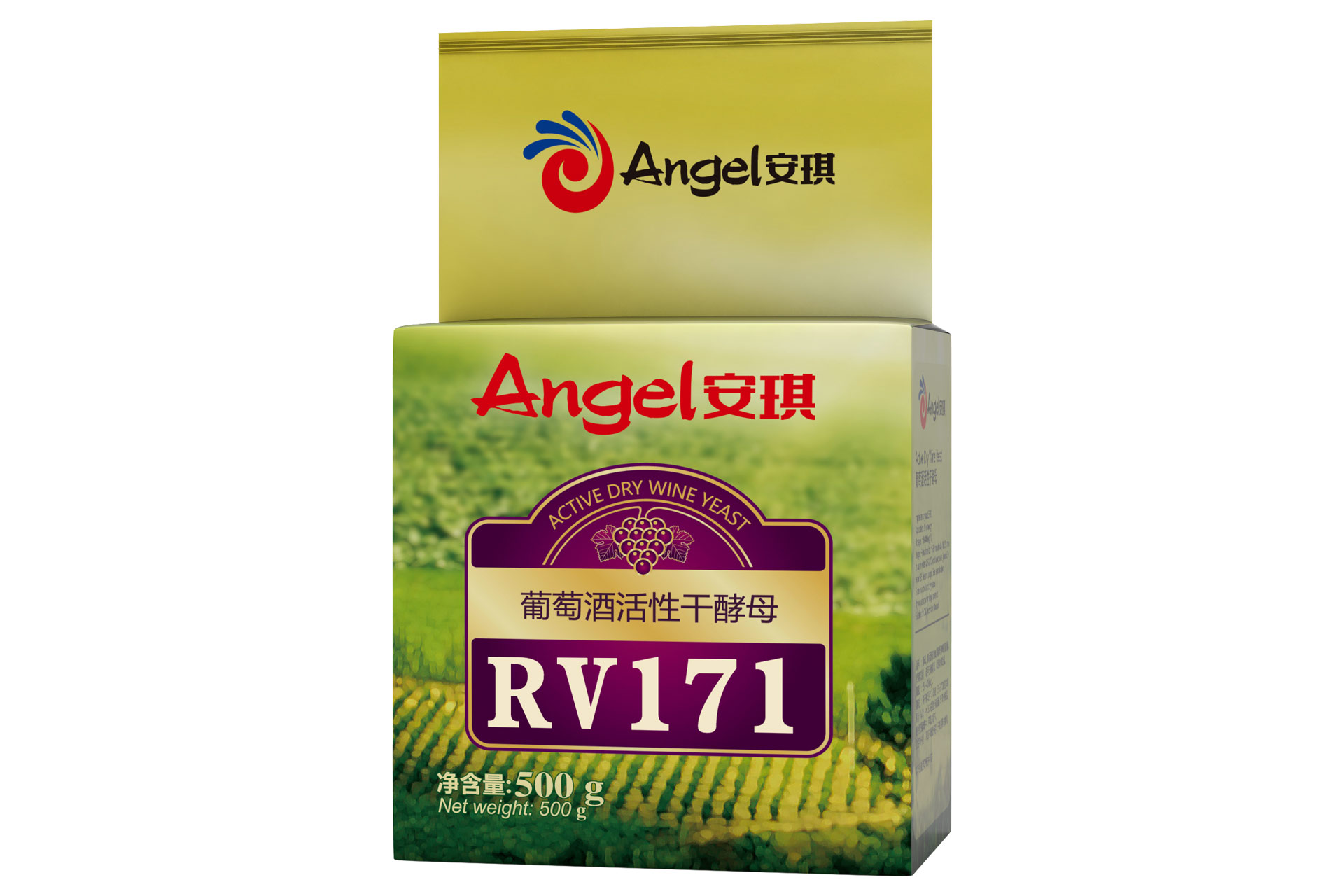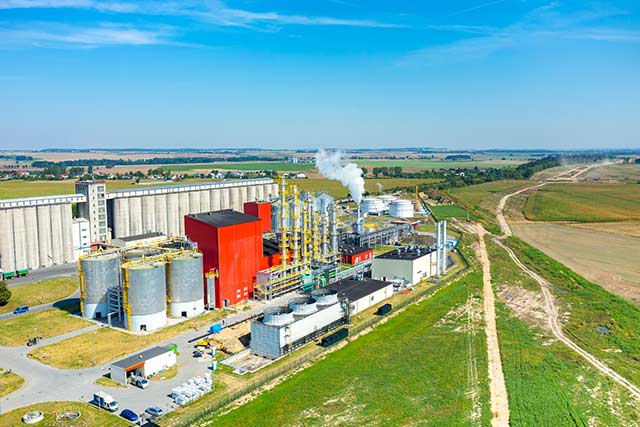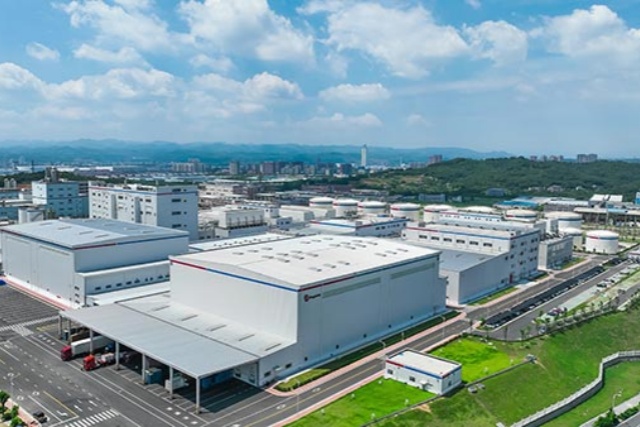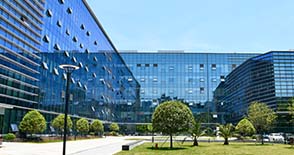

Product Description
RV171 was naturally isolated and chosen for its ability to produce large quantities of esters (like isoamyl esters), it can enhance the aromatic features of wines produced from neutral grape varieties. This particular yeast strain is capable of adsorbing polyphenolic compounds from its cell walls, thus lessening the tannic structure in young and fresh red wines. Grape juice inoculated with RV171 is likely to undergo malolactic fermentation since this yeast strain is able to metabolize malic acid during the primary fermentation stage. RV171 is the perfect option for making young, fresh, fruity and easily drinkable red, rosé and white wines, and also a fitting choice for late harvest wines.
Fermentation Characteristics
- It is particularly suited for high-acid grapes or varieties that will undergo acid adjustment.
- Fermentation temperature range: 14-30°C
- Alcohol tolerance: up to 14%vol
- Production of volatile acidity: low
- Production of H₂S: moderate - high
- No harmful sulfide
- Competitive factor: sensitive
- Glycerol production: ≥7 g/L
Protocol for Use
1. Rehydration Without Yeast Nutrition
Dosage: 20 to 40 g/hL
Rehydrate the yeast using water at 10 times its weight, with a temperature range of 35 °C to 40 °C.
Resuspend the yeast by gently stirring, and wait for 20 minutes.
Blend the rehydrated yeast with a bit of juice/must, gradually acclimating the yeast suspension temperature to within 5-10 °C of the juice/must temperature.
Inoculate into the juice/must.
2. Rehydration with a Yeast Nutrition
In the situations of tough fermentation conditions (high potential alcohol, over clarified must, low temperature), rehydrating yeast with Nutri-Rehyd is recommended. Carry out the rehydration procedure according to the selected Nutri-Rehyd product's instructions.
Dosage
20 to 40 g/hL
Reds | Roses | Whites | Ferm Speed | Nitrogen Need | Sensory Effect |
★★★ | ★★★★ | ★★★ | Moderate | Medium | EVC |
Note:
★★★★=Best Recommendation
EVC=Enhances Varietal Character
Storage and Shelf Life
Store in original sealed packages, in a cool and dry environment. Shelf life at the recommended conditions is 42 months. After opening the yeast must be used as soon as possible. Avoiding long-term storage at temperature above 30 °C.
Tips
The difference between the yeast and must temperatures should not exceed 10 °C during inoculation.
Fermentations using active dry yeast can reduce the risk of contamination by wild yeast and harmful microorganisms.
The rehydration process must not exceed 30 minutes.







